Home Remedies That Work (and Some That Don’t)
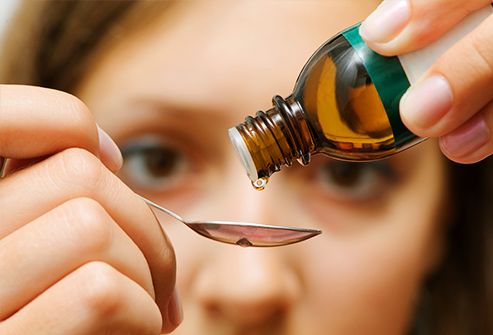
No matter what you've heard or how badly you want relief, talk with your doctor or pharmacist before trying any home remedy. This is even more important if you take prescription or over-the-counter medications, because some can affect how drugs work. And keep in mind that many don’t have any research to back them up.
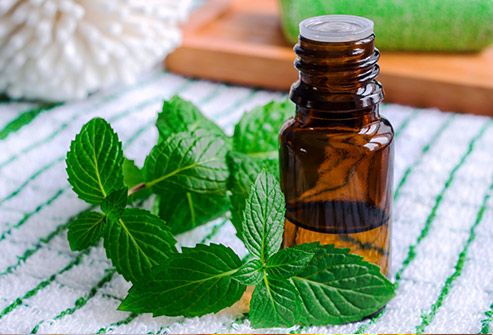
Mint has been used for hundreds of years as a health remedy. Peppermint oil might help with irritable bowel syndrome -- a long-term condition that can cause cramps, bloating, gas, diarrhea, and constipation -- and it may be good for headaches as well. More studies are needed to see how much it helps and why. People use the leaf for other conditions, too, but there’s no evidence it helps with any of them.
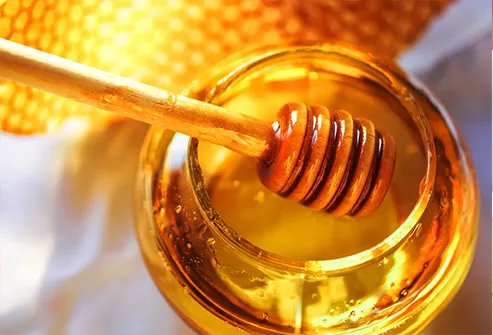
This natural sweetener may work just as well for a cough as over-the-counter medicines. That could be especially helpful for children who aren’t old enough to take those. But don’t give it to an infant or a toddler younger than 1. There’s a small risk of a rare but serious kind of food poisoning that could be dangerous for them. And while you may have heard that “local” honey can help with allergies, studies don’t back that up.
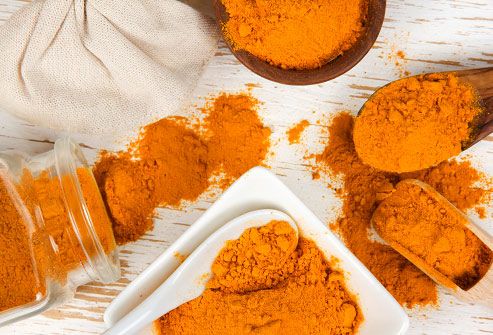
This spice has been hyped as being able to help with inflammation, but the research isn’t there yet. Some small studies have shown that it may help with arthritis knee pain and skin rashes that happen after radiation treatment for cancer, though. If you try it, don’t overdo it: High doses can cause digestive problems.

It’s been used for thousands of years in Asian medicine to treat stomachaches, diarrhea, and nausea, and studies show that it works for nausea and vomiting. There’s some evidence that it might help with colds, too. But it’s not necessarily good for everyone. Some people get tummy trouble, heartburn, diarrhea, and gas because of it, and it may affect how some medications work. So talk to your doctor, and use it with care.

No more, “Not tonight, Dear.” It turns out that sex can help ease pain when you have certain kinds of headaches -- especially migraines. It’s also been shown to improve heart health, ease stress, and boost mental alertness.

This comforting drink does more than keep you awake and alert. It’s a great source of some powerful antioxidants that can protect your cells from damage and help you fight disease. It may even lower your odds of heart disease and certain kinds of cancers, like skin, breast, lung, and colon.

Some studies show that people who eat more garlic are less likely to get certain types of cancer (garlic supplements don’t seem to have the same effect). It also may lower blood cholesterol and blood pressure levels, but it doesn’t seem to help that much.

Turns out, Grandma was right: Chicken soup can be good for a cold. Studies show it can ease symptoms and help you get rid of it sooner. It also curbs swelling and clears out nasal fluids.

You put a salt and warm water mixture in something that looks like a little teapot. Then pour it through one nostril and let it drain out the other. You have to practice a little, but once you get the hang of it, it can ease allergy or cold symptoms and may even help you get rid of a cold quicker. Just make sure you use filtered water and keep your neti pot clean.
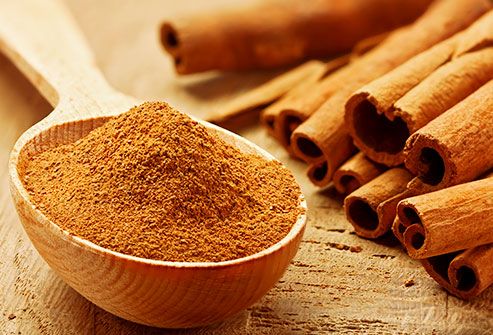
You may have heard that it can help control blood sugar for people who have prediabetes or diabetes. But there’s no evidence that it does anything for any medical condition. If you plan to try it, be careful: Cinnamon extracts can be bad for your liver in large doses.

It’s good for all kinds of things that affect your muscles, bones, and tendons (the tissues that connect your muscles to your bones), like arthritis, back pain, and joint pain. And warm water can help get blood flow to areas that need it, so gently stretch and work those areas while you’re in there. But don’t make it too hot, especially if you have a skin condition. The ideal temperature is between 92 and 100 F.
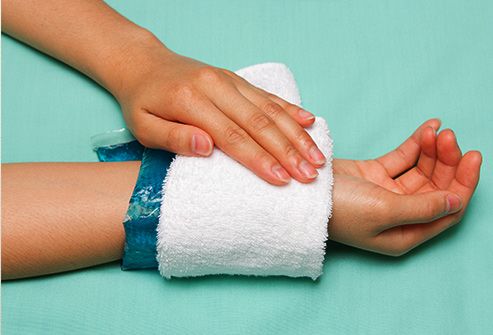
Use a bag of frozen peas or simply a plastic bag or wet towel with ice in the first 48 hours after an injury to help with pain and swelling. You also can use it on injuries that cause pain and swelling over and over again -- but only after physical activity, not before. Never use ice for more than 30 minutes, and take it off if your injury gets bright red.
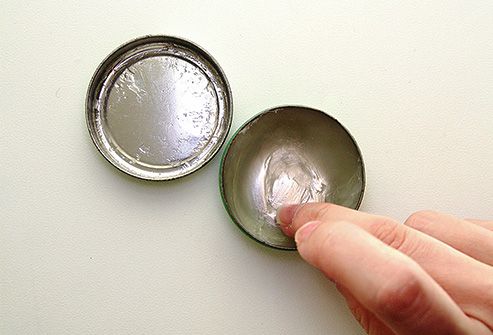
This is used for any number of things: It can help your skin keep its moisture and prevent chafing -- on the inside of your thighs when you run, for example. It also can help protect your baby’s skin from diaper rash.

This is dangerous and doesn’t work -- don’t do it. The idea is, you place the unlit end of a lit, hollow candle into your ear, and that draws out the wax. But several things can go wrong: It can push earwax deeper in, candle wax can get inside your ear, it can puncture your eardrum, or it can burn your ear canal, face, scalp, or hair. See your doctor if you think you have a problem with earwax.